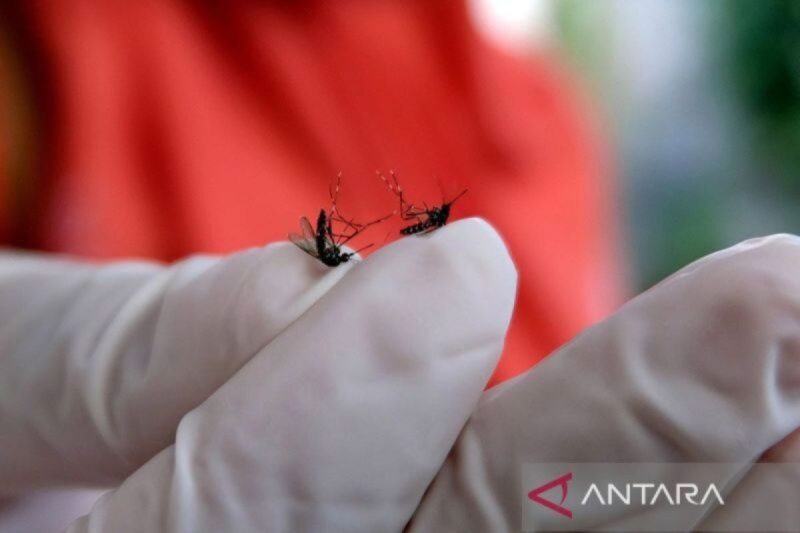
Dengue fever, also known as DBD, is a serious viral disease that is transmitted through the bites of infected mosquitoes. The two main culprits behind the spread of DBD are the Aedes aegypti and Aedes albopictus mosquitoes. These two species have distinct differences that contribute to their ability to transmit the virus.
Aedes aegypti is the primary vector for transmitting DBD in urban areas. This species is well-adapted to human environments and is commonly found in and around homes, where they breed in stagnant water sources such as flower pots, discarded tires, and water containers. Aedes aegypti is known for its black and white striped legs and body, making it easily recognizable.
On the other hand, Aedes albopictus, also known as the Asian tiger mosquito, is a secondary vector for DBD. This species is more adaptable to various environments and is commonly found in both urban and rural areas. Aedes albopictus has a black and white striped body, similar to Aedes aegypti, but can be distinguished by its characteristic white stripe down the middle of its back.
Despite their differences in habitat preferences, both Aedes aegypti and Aedes albopictus are capable of transmitting the dengue virus to humans through their bites. These mosquitoes are most active during the daytime, with peak biting times in the early morning and late afternoon. Infected mosquitoes can pass the virus on to humans when they feed on their blood, leading to the development of dengue fever.
Preventing the spread of DBD requires effective mosquito control measures, such as eliminating breeding sites, using mosquito repellent, and wearing protective clothing. By understanding the differences between Aedes aegypti and Aedes albopictus and taking proactive steps to reduce mosquito populations, we can help prevent the transmission of DBD and protect our communities from this potentially deadly disease.